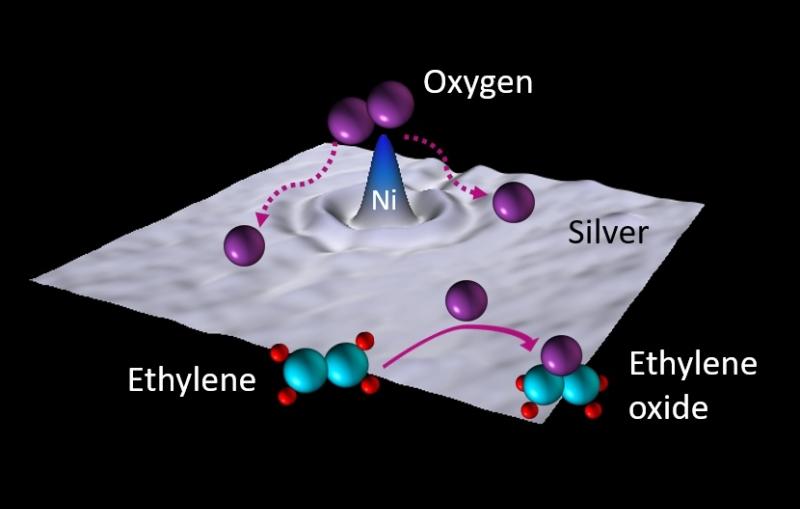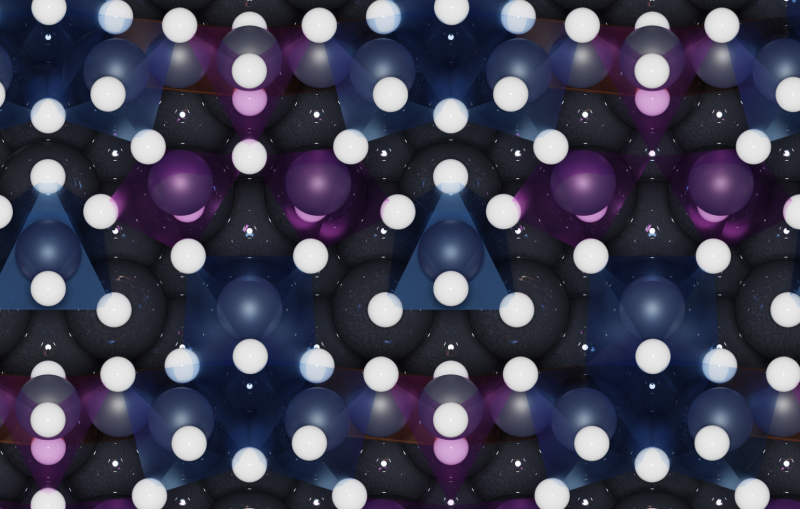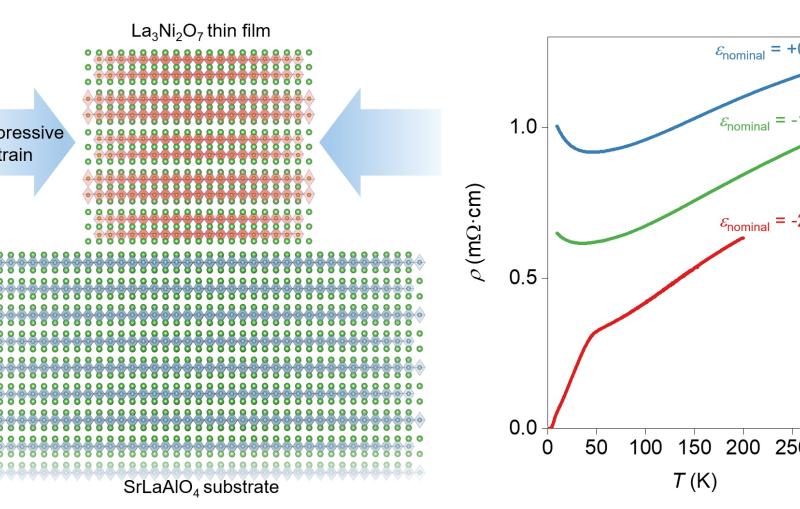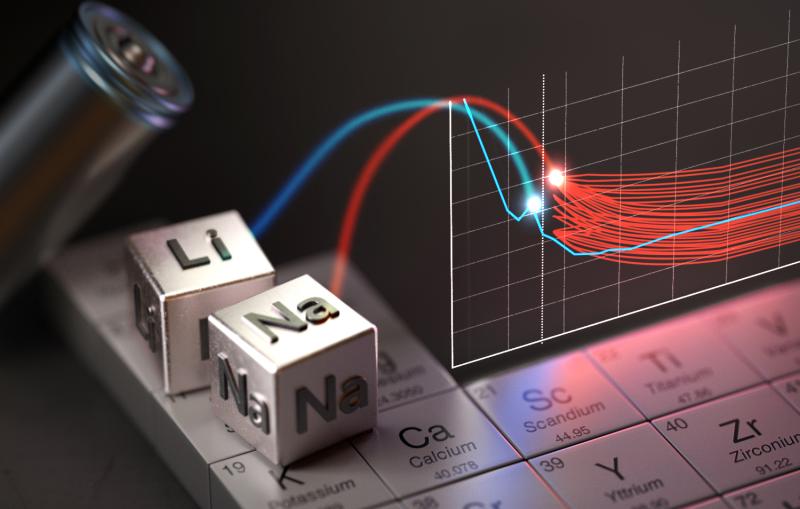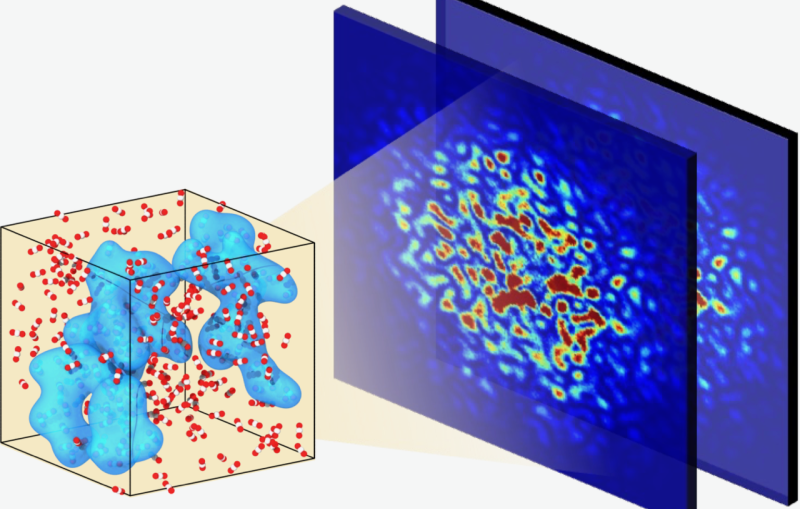SLAC to develop fusion energy target technology as part of DOE Fusion Innovation Research Engine Collaboratives
As a member of the General Atomics-led TINEX Collaborative, SLAC will help develop advanced target tracking technology allowing high-repetition lasers to hit each fusion fuel target with precision.
Researchers at the Department of Energy’s SLAC National Accelerator Laboratory will contribute to the DOE’s newly established Fusion Innovative Research Engine (FIRE) Collaboratives. These collaborative teams were created to bridge basic science research programs with the needs of the growing fusion industry. In total, the DOE announced $107 million in funding for six projects under this initiative.
SLAC joins the Target Injector Nexus for Experimental Development (TINEX) Collaborative, which is led by General Atomics and includes Lawrence Livermore National Laboratory, Colorado State University, Stanford University and the University of California, San Diego. Neil Alexander, General Atomics director of Inertial Fusion Energy, will serve as director of the TINEX Collaborative, with SLAC senior staff scientist Arianna Gleason serving as the deputy director. The TINEX Collaborative will address key technological challenges associated with the commercialization of inertial fusion energy (IFE).
SLAC professor and the director of SLAC’s High Energy Density Science DivisionSLAC is bringing our expertise in high energy density science and lasers to this collaborative effort to overcome critical technological challenges and clear the path to commercialized fusion energy.”
SLAC scientists explain: What is inertial fusion energy?
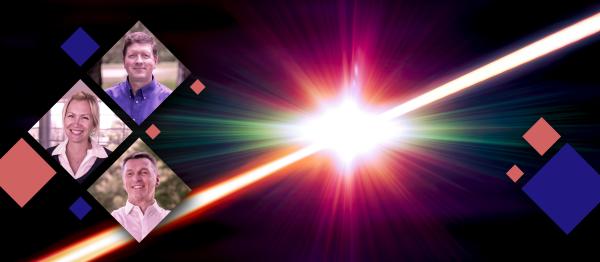
Fusion energy is the same process that powers our sun, and IFE is a promising method of replicating that process here on Earth. IFE involves directing multiple high-powered lasers at small, gas-filled targets within a confinement chamber, which causes the atoms in the targets to fuse and produce an enormous amount of heat. This heat can then be converted into a virtually unlimited energy source.
TINEX will focus on developing and utilizing fusion fuel targets, as well as tackling potential challenges that could arise in a full-scale power plant. These challenges include managing debris within the confinement chamber, minimizing damage to optical systems from target capsule fragments, enhancing the resilience of capsules to high temperatures, and designing tracking sensors to accurately aim lasers at rapidly moving capsules.
"SLAC is bringing our expertise in high energy density science and lasers to this collaborative effort to overcome critical technological challenges and clear the path to commercialized fusion energy,” said Siegfried Glenzer, a SLAC professor and the director of SLAC’s High Energy Density Science Division.
Fusion energy research at SLAC

The lab will receive more than $1 million per year to develop advanced target tracking technology that measures the exact location of each target injected into a confinement chamber, allowing lasers to repeatedly hit each target with precision.
The collaboration includes an industrial council of leading inertial fusion power plant companies to provide insights and feedback as TINEX develops solutions to the challenges facing their industry.
“Lessons learned from the TINEX collaboration will benefit both industry and academic institutions. De-risking key technologies and building up the fusion workforce are important steps toward realizing fusion energy at the grid-scale,” said Arianna Gleason, senior staff scientist at SLAC and deputy director of the TINEX Collaborative.
The full list of FIRE Collaboratives projects and more information can be found on the Fusion Energy Sciences program homepage.
For questions or comments, contact SLAC Strategic Communications & External Affairs at communications@slac.stanford.edu.
About SLAC
SLAC National Accelerator Laboratory explores how the universe works at the biggest, smallest and fastest scales and invents powerful tools used by researchers around the globe. As world leaders in ultrafast science and bold explorers of the physics of the universe, we forge new ground in understanding our origins and building a healthier and more sustainable future. Our discovery and innovation help develop new materials and chemical processes and open unprecedented views of the cosmos and life’s most delicate machinery. Building on more than 60 years of visionary research, we help shape the future by advancing areas such as quantum technology, scientific computing and the development of next-generation accelerators.
SLAC is operated by Stanford University for the U.S. Department of Energy’s Office of Science. The Office of Science is the single largest supporter of basic research in the physical sciences in the United States and is working to address some of the most pressing challenges of our time.

